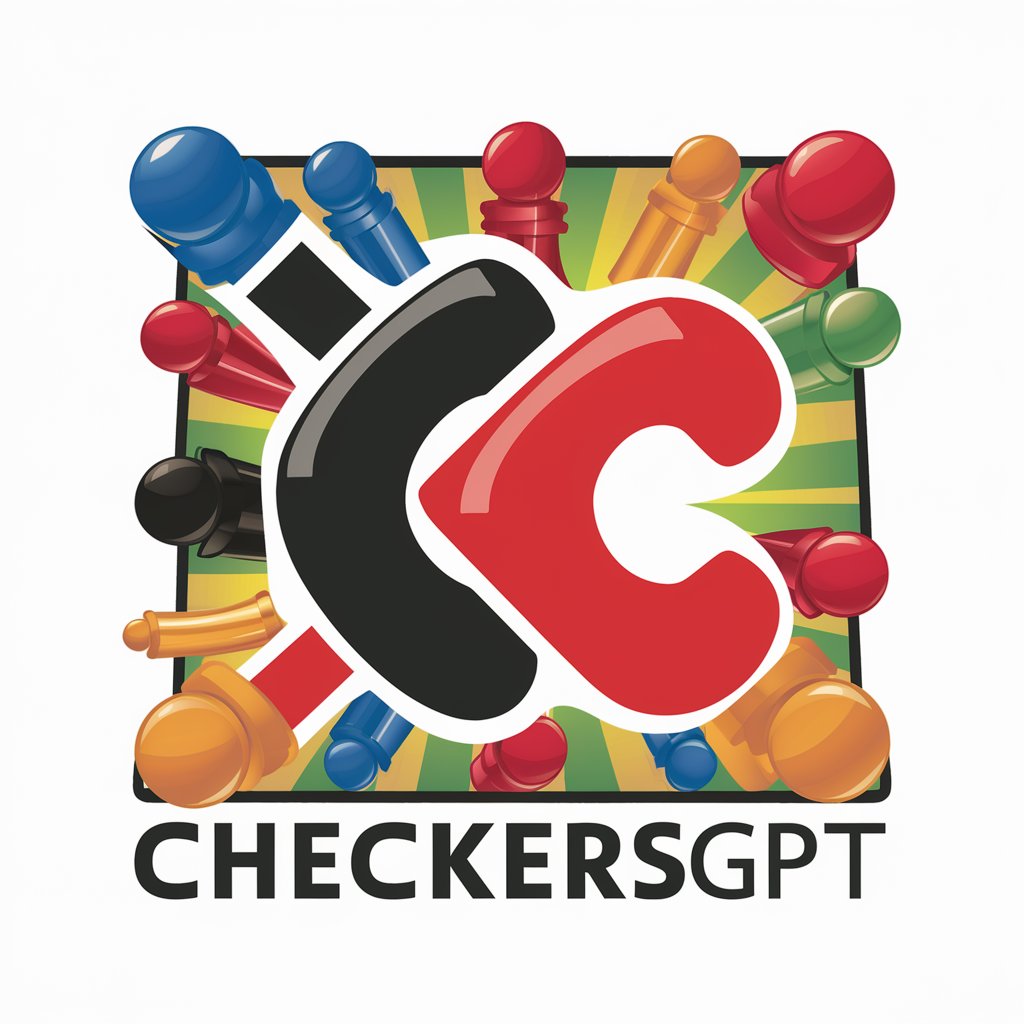Software Architect - Architectural Design Guidance

Hello! Ready to design the perfect software architecture?
AI-powered Architectural Planning and Design
Can you help me design an application that...
What are the best practices for implementing...
How can I optimize the performance of...
What architectural pattern would you recommend for...
Get Embed Code
Understanding Software Architect
A Software Architect plays a pivotal role in the development of software systems, acting as a bridge between complex business problems and solutions in technology. They are responsible for making high-level design choices, dictating technical standards, including coding standards, tools, and platforms, and ensuring that the technical strategy aligns with the business goals. They work on abstracting complexities, foreseeing potential challenges, and devising scalable, resilient, and maintainable architectural solutions. For instance, in designing a cloud-based e-commerce application, a Software Architect would decide on the adoption of microservices architecture to ensure scalability, choose appropriate cloud providers, and delineate how different services communicate, ensuring the system can handle varying loads and can be easily updated without significant downtime. Powered by ChatGPT-4o。

Main Functions of a Software Architect
Designing System Architecture
Example
Determining whether a monolithic or microservices architecture best suits a new enterprise application, considering factors like team size, expected load, and future growth.
Scenario
In a scenario where a startup plans to rapidly scale its operations, a Software Architect might opt for a microservices architecture to facilitate independent scaling and development of system components.
Defining Technical Standards and Protocols
Example
Establishing coding guidelines, software development methodologies (e.g., Agile, Scrum), and selecting the technology stack for a project.
Scenario
For a fintech application requiring high security and reliability, the architect might enforce strict coding standards, choose a robust technology stack like Java or .NET, and implement secure communication protocols.
Ensuring System Quality Attributes
Example
Applying architectural tactics to achieve scalability, reliability, and security in a software system.
Scenario
To ensure an online payment system can handle peak loads during sales seasons, an architect might design for scalability by incorporating load balancers, designing stateless application servers, and implementing caching.
Risk Management and Mitigation
Example
Identifying potential risks in the software development process and proposing mitigation strategies.
Scenario
Anticipating that a third-party service might become a bottleneck, the architect plans for fallback mechanisms and redundant service providers to maintain system availability.
Stakeholder Communication and Guidance
Example
Translating technical details into business language to help stakeholders make informed decisions.
Scenario
Explaining the cost-benefit analysis of using cloud services versus on-premises servers to non-technical stakeholders, highlighting aspects like scalability, initial investment, and operational costs.
Ideal Users of Software Architect Services
Software Development Companies
These entities benefit from Software Architect services to design scalable, maintainable, and efficient systems that align with their business goals, ensuring their products can adapt to changing market demands and technological advancements.
Enterprise IT Departments
Large enterprises seeking to modernize legacy systems or integrate new technologies into their existing infrastructure will find the expertise of Software Architects invaluable in navigating complex technical landscapes and ensuring solutions meet business needs.
Startups
For startups, leveraging a Software Architect's expertise helps in building a solid foundation for their technology stack, ensuring their product is scalable, secure, and capable of rapid iteration to meet market demands.
Government and Public Sector Organizations
These organizations benefit from Software Architect services to ensure their digital services are accessible, secure, and capable of handling high demand, aligning with public service goals and compliance requirements.

How to Use Software Architect
Initiate a Trial
Navigate to yeschat.ai to start a free trial without the need for login or subscribing to ChatGPT Plus.
Define Your Project
Clearly outline your project requirements including application details, business drivers, and functional and non-functional requirements.
Engage with the Tool
Interact with Software Architect by providing detailed descriptions of your software architecture needs and challenges.
Analyze Responses
Carefully review the comprehensive analyses, recommendations, and architectural designs provided.
Iterate and Refine
Use feedback loops to refine your requirements and queries for more precise architectural guidance.
Try other advanced and practical GPTs
DAX Man Walking
Empowering Data Analysis with AI

Adam the EVM Bot
AI-Powered Project Performance Insight

Wealthy
Empowering Financial Decisions with AI

Resume Helper
Craft Your Career with AI

Dynamics Development Assistant
Empowering Dynamics 365 Development with AI

Expert Twitch
Elevate Your Twitch Game with AI

Best Crypto Casino Ratings 2024
Navigate crypto casinos with AI-powered precision.

Best Sellers
Discover what's best with AI-driven insights

GBP - Report Photo Helper
Streamline Your Google Business Profile Reports

How to Win the Lottery
Boost Your Lottery Strategy with AI

CARBON REMOVAL
Empowering Climate Action with AI

Checkers
Master Checkers with AI-powered insights

Frequently Asked Questions about Software Architect
What is Software Architect designed for?
Software Architect is designed to assist in the planning, analysis, and design of software architecture. It provides comprehensive requirements analysis, architectural recommendations, and risk assessments tailored to specific software development projects.
Can Software Architect recommend specific architecture types?
Yes, based on the detailed project requirements provided, Software Architect can recommend specific architecture types such as monolith, microservices, or serverless, along with justifications for each choice.
How does Software Architect handle non-functional requirements?
Software Architect evaluates non-functional requirements like scalability, security, and performance, offering architecture tactics and strategies to address these concerns effectively within the proposed design.
Is Software Architect suitable for Agile development environments?
Absolutely, Software Architect can adapt to Agile development environments by supporting iterative design processes, providing flexible architecture solutions that accommodate changes and evolving requirements.
Can I use Software Architect for legacy system redesign?
Yes, Software Architect can analyze the existing architecture of legacy systems, identify bottlenecks and areas for improvement, and propose modernization strategies to enhance performance, maintainability, and integration capabilities.
